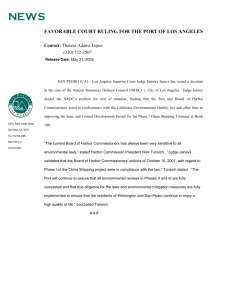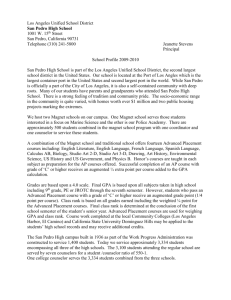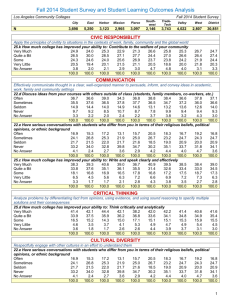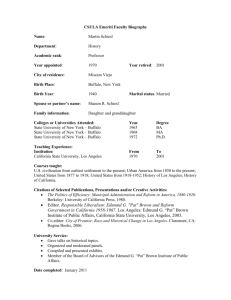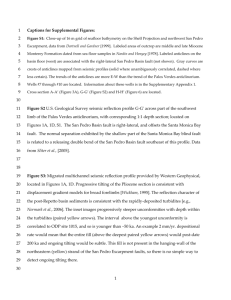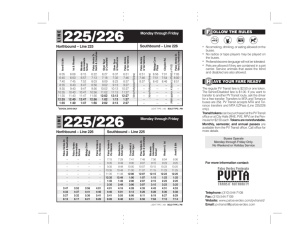kinematics of the palos verdes fault zone in los
advertisement
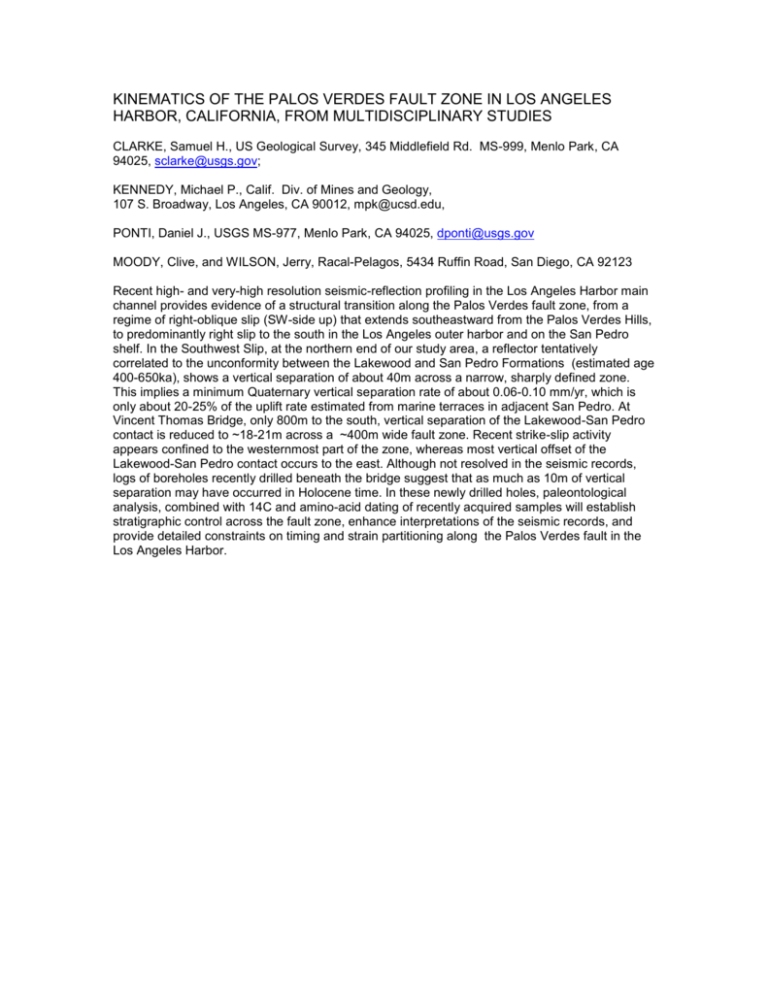
KINEMATICS OF THE PALOS VERDES FAULT ZONE IN LOS ANGELES HARBOR, CALIFORNIA, FROM MULTIDISCIPLINARY STUDIES CLARKE, Samuel H., US Geological Survey, 345 Middlefield Rd. MS-999, Menlo Park, CA 94025, sclarke@usgs.gov; KENNEDY, Michael P., Calif. Div. of Mines and Geology, 107 S. Broadway, Los Angeles, CA 90012, mpk@ucsd.edu, PONTI, Daniel J., USGS MS-977, Menlo Park, CA 94025, dponti@usgs.gov MOODY, Clive, and WILSON, Jerry, Racal-Pelagos, 5434 Ruffin Road, San Diego, CA 92123 Recent high- and very-high resolution seismic-reflection profiling in the Los Angeles Harbor main channel provides evidence of a structural transition along the Palos Verdes fault zone, from a regime of right-oblique slip (SW-side up) that extends southeastward from the Palos Verdes Hills, to predominantly right slip to the south in the Los Angeles outer harbor and on the San Pedro shelf. In the Southwest Slip, at the northern end of our study area, a reflector tentatively correlated to the unconformity between the Lakewood and San Pedro Formations (estimated age 400-650ka), shows a vertical separation of about 40m across a narrow, sharply defined zone. This implies a minimum Quaternary vertical separation rate of about 0.06-0.10 mm/yr, which is only about 20-25% of the uplift rate estimated from marine terraces in adjacent San Pedro. At Vincent Thomas Bridge, only 800m to the south, vertical separation of the Lakewood-San Pedro contact is reduced to ~18-21m across a ~400m wide fault zone. Recent strike-slip activity appears confined to the westernmost part of the zone, whereas most vertical offset of the Lakewood-San Pedro contact occurs to the east. Although not resolved in the seismic records, logs of boreholes recently drilled beneath the bridge suggest that as much as 10m of vertical separation may have occurred in Holocene time. In these newly drilled holes, paleontological analysis, combined with 14C and amino-acid dating of recently acquired samples will establish stratigraphic control across the fault zone, enhance interpretations of the seismic records, and provide detailed constraints on timing and strain partitioning along the Palos Verdes fault in the Los Angeles Harbor.
